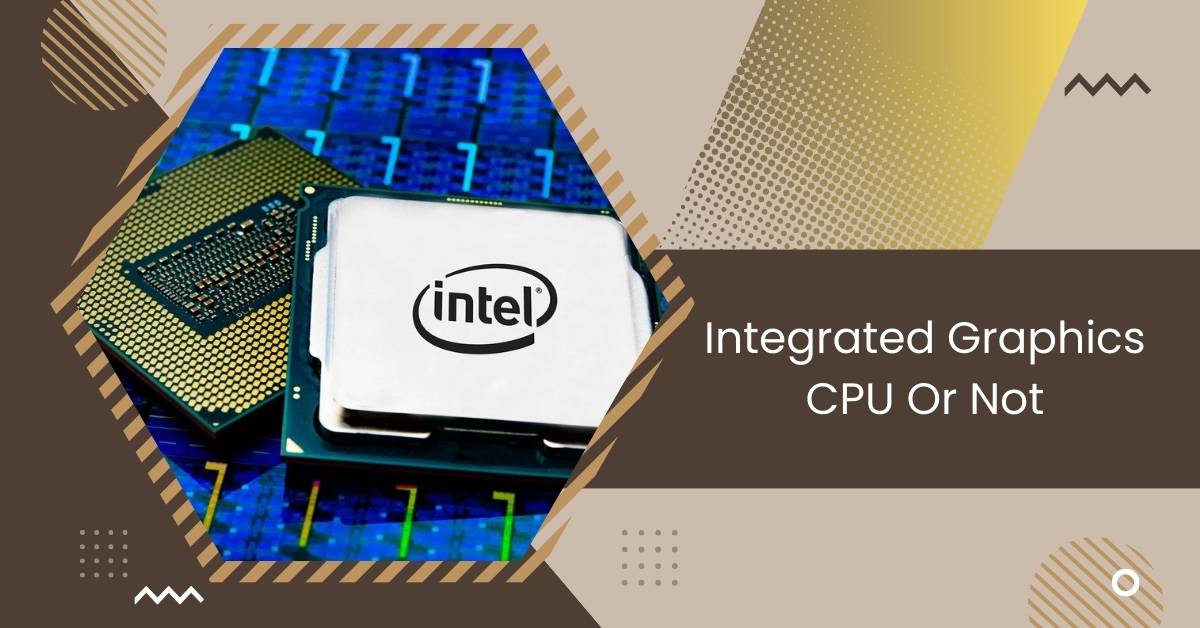In today’s ever-evolving world of computer hardware, the choice between integrated graphics processing units (GPUs) and dedicated graphics cards has become a topic of debate among users.
When considering “Integrated Graphics CPU Or Not,” it depends on whether your CPU includes integrated graphics (iGPU). If it does, you won’t need a separate graphics card. Integrated graphics share power between the CPU and GPU and are built into the CPU or motherboard.
In this article, we’ll delve into integrated graphics CPUs to help you determine whether they’re the right choice for your computing needs.
What are Integrated Graphics CPUs?
Integrated Graphics CPUs are like two-in-one chips. They have a regular processor (CPU) and a graphics processor (GPU) on the same chip.
So, instead of needing a separate graphics card, these chips do both jobs in one. They’re often used in laptops and some desktop computers.
They save space and can be cheaper, but they might not be as powerful as computers with separate graphics cards. They’re good for everyday stuff like browsing the web and watching videos.
What Is a Dedicated Graphics Card?
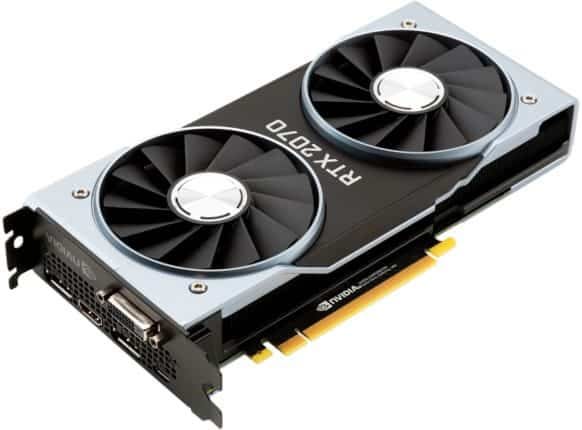
A dedicated graphics card, a video card, or discrete graphics is hardware designed to handle a computer’s graphical performance.
These cards come in various types, featuring a GPU, dedicated RAM, and a cooling fan to prevent overheating.
The advantage of graphics cards lies in their ability to provide sufficient power for any task without relying on shared system memory.
Additionally, they are easily upgradable in desktop systems. However, they are expensive, bulky, and generate significant heat.
Typically, dedicated graphics cards are found in mid-range or higher desktop computers; some mid-range or premium laptops may also include them.
Advantages of Integrated Graphics CPU
- Cost-effective: Integrated graphics CPUs are wallet-friendly because they combine the CPU and GPU in one chip, saving you money on buying a separate graphics card.
- Space-saving: These CPUs are compact since they don’t need extra space for a separate graphics card, making them ideal for smaller devices like laptops and mini PCs.
- Energy efficient: Integrated graphics CPUs use less power than systems with separate graphics cards, which can save on electricity bills and extend laptop battery life.
- Easy setup: You don’t need to worry about installing or configuring a separate graphics card with integrated graphics CPUs, making them hassle-free to set up and use.
- Suitable for everyday tasks: Integrated graphics CPUs handle everyday computing tasks well, such as web browsing, watching videos, and working with office applications, making them perfect for casual users and office environments.
Disadvantages of Integrated Graphics CPU
- Limited performance: Integrated graphics CPUs generally offer lower performance than dedicated graphics cards, making them less suitable for demanding gaming and graphic design tasks.
- Not ideal for gaming: If you’re a serious gamer, integrated graphics CPUs may not provide the level of performance needed for smooth gameplay at high settings and resolutions.
- Limited upgradability: Unlike systems with dedicated graphics cards that can be easily upgraded, integrated graphics CPUs may offer little room for improvement since the GPU is integrated into the CPU chip.
- Dependency on CPU: Since the graphics processing is integrated into the CPU, heavy graphical tasks can strain the CPU, affecting overall system performance.
- Graphics memory limitations: Integrated graphics CPUs typically share system memory for graphics processing, which can lead to performance bottlenecks and reduced overall system performance, especially in multitasking scenarios.
See Also: How To Reset Overclock CPU – Improve CPU Speed In 2024!
Integrated Graphics CPU vs. Dedicated Graphics Card
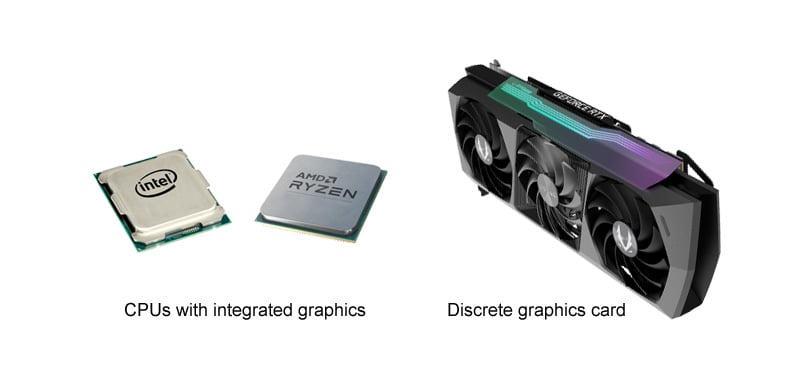
Several factors come into play when comparing integrated graphics CPUs to dedicated graphics cards.
- Performance: Dedicated graphics cards outperform integrated graphics CPUs regarding raw graphical performance. They can handle demanding tasks like gaming and video rendering with higher frame rates and better visual quality.
- Cost: Integrated graphics CPUs are more cost-effective since they eliminate the need for a separate graphics card. They are often found in budget-friendly computers for casual users and office environments.
- Flexibility: Dedicated graphics cards offer more flexibility for upgrades and customization. Users can easily swap out their graphics card for a newer model to improve performance or add additional features.
- Power Consumption: Integrated graphics CPUs are more power-efficient since they share resources with the CPU and use less energy overall. This makes them ideal for laptops and other portable devices where battery life is a concern.
- Usage: Integrated graphics CPUs suit everyday tasks like web browsing, streaming media, and office work. Dedicated graphics cards are preferred for gaming, graphic design, video editing, and other functions that require high-performance graphics processing.
Choosing between an Integrated Graphics CPU and a Dedicated Graphics Card depends on your specific needs and budget. Integrated solutions offer affordability and energy efficiency, while dedicated cards provide superior performance and flexibility for demanding tasks.
Benefits of Integrated Graphics CPUs
Benefits of Integrated Graphics CPUs:
- Cost-effectiveness: Integrated graphics CPUs are budget-friendly because they combine both the CPU and GPU on a single chip, eliminating the need for a separate graphics card and reducing overall system costs.
- Space-saving design: These CPUs are compact and space-efficient since they don’t require additional room for a dedicated graphics card. This makes them ideal for small form factor computers and laptops with limited space.
- Energy efficiency: Integrated graphics CPUs consume less power than systems with dedicated graphics cards, resulting in lower electricity bills and extended battery life for laptops, making them environmentally friendly options.
- Simplified setup and maintenance: With integrated graphics CPUs, there’s no need for additional installation or configuration of a separate graphics card, making setup and maintenance more accessible and more convenient for users.
- Suitable for everyday computing: Integrated graphics CPUs perform well for everyday computing tasks such as web browsing, watching videos, and office productivity applications, providing smooth and responsive performance for casual users and business environments.
See Also: CPU Flex Ratio Override – Upgrade CPU Flex Settings – 2024!
Integrated Graphics CPU in Laptops
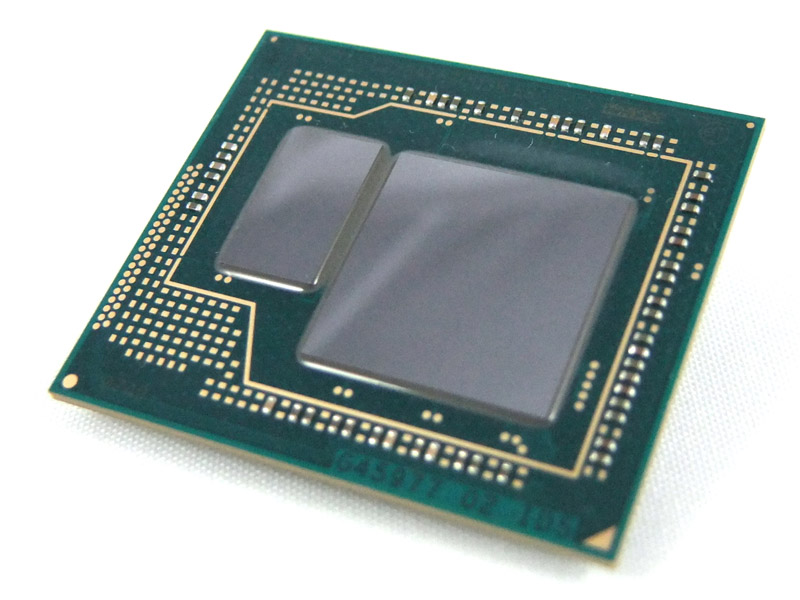
The laptop market with integrated graphics CPUs has grown steadily in recent years.
1. Market trends
Manufacturers increasingly incorporate integrated graphics CPUs into their laptop designs to balance performance and portability.
These laptops are popular among students, professionals, and casual users who prioritize affordability and mobility.
2. Performance Considerations
When choosing a laptop with an integrated graphics CPU, it’s essential to consider factors such as the processor model, memory configuration, and cooling system.
Higher-end integrated graphics CPUs paired with sufficient RAM can provide decent performance for light gaming and productivity tasks.
Integrated Graphics CPU in Desktops
Integrated graphics CPUs also have applications in desktop computing, although they are less common than dedicated graphics cards.
1. Applications
Desktops with integrated graphics CPUs are suitable for home and office use, particularly for tasks that don’t require high-end graphics performance.
They offer a cost-effective solution for everyday computing needs such as web browsing, email, document editing, and multimedia playback.
2. User requirements
When building or purchasing a desktop with an integrated graphics CPU, users should assess their specific requirements and usage patterns.
While integrated graphics CPUs may suffice for basic computing tasks, users with more demanding workloads or gaming preferences may opt for systems with dedicated graphics cards.
See Also: Process Lasso Error Setting Process CPU Affinity – Resolve!
Integrated Graphics Is Cheaper
Integrated graphics computers are typically cheaper than machines with dedicated graphics cards of similar specs.
While not always the most affordable option, Apple and other manufacturers have offered integrated graphics at various prices.
In desktops, integrated graphics are often chosen for their budget-friendliness, with the option to upgrade later.
However, adding a mid-range dedicated graphics card, like the Radeon RX 6700, can significantly raise the price.
Still, discrete graphics are only sometimes costly. Our comparison of the AMD RX 6400 and NVIDIA GTX 1630 shows both are capable and reasonably priced entry-level GPUs.
Why You Should Use Shared Graphics
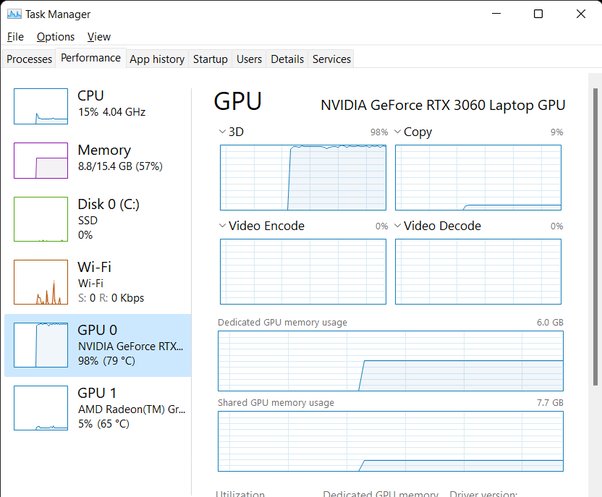
For most users, a CPU with integrated graphics is sufficient. It can handle gaming reasonably and performs well with most Adobe programs.
Additionally, as long as your processor is relatively up-to-date, it can manage 4K video playback smoothly.
In reality, you need specific requirements to ensure the advantages of integrated graphics, such as smaller device size and improved battery life, will likely outweigh those of discrete graphics.
However, if you require extra power, refer to our guide on the best graphics cards for various budgets, which will assist you in making the right choice.
See Also: CPU Maximum Frequency Always 100 – Ultimate Guide – 2024!
Conclusion
Final Thoughts,
Integrated graphics CPUs offer a budget-friendly and efficient solution for everyday computing tasks, while dedicated graphics cards provide superior gaming and graphic design performance. Choose based on your specific needs and budget.
Related Questions
1. Can integrated graphics CPUs handle gaming?
Integrated graphics CPUs can handle light gaming and older titles but may struggle with more demanding games at higher settings.
2. Are integrated graphics CPUs upgradable?
Integrated graphics CPUs are integrated into the CPU chip, so upgrading the graphics requires replacing the entire CPU or switching to a system with a dedicated graphics card.
3. What are the advantages of integrated graphics CPUs in laptops?
Integrated graphics CPUs offer cost-effectiveness, space-saving design, and power efficiency in laptops, making them ideal for portable computing needs.
4. How do integrated graphics CPUs compare to dedicated graphics cards?
Integrated graphics CPUs offer lower performance than dedicated graphics cards but are suitable for everyday computing tasks and light gaming.
5. What are the future trends in integrated graphics CPUs?
Future integrated graphics CPUs are expected to feature technological advancements that improve performance, efficiency, and graphical capabilities, making them more competitive with dedicated graphics cards.
Also Read
- Is Tarkov Cpu Or Gpu Intensive – A Complete Tips In 2024!
- Do CPU Coolers Come With Thermal Paste – A Complete Guide
- No Or Unknown CPUfreq Driver Is Active On This CPU – Fix!

Hi everyone, Johns Jack here, your approachable tech aficionado! I’m passionate about CPUs and thrive on keeping up with the newest tech developments. Join me as we delve into the dynamic realm of technology! Visit: Techy Impacts

